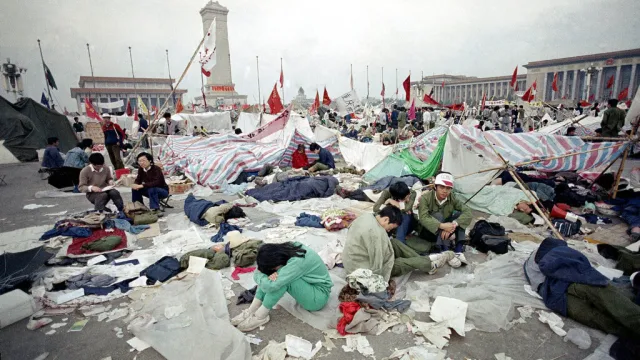Just three decades ago, American policymakers faced a dilemma. A pair of new states, emerging from decades of Soviet rule, possessed massive nuclear arsenals. As American policymakers saw it, only one of these states should retain its nuclear arsenal—all the better, Washington thought, to prevent “loose nuclear weapons” from spilling outward. One of the states was busy consolidating a new nation, clearly angling for membership in multiple Western bodies. The other, however, had already exhibited shocking instability: ruling officials had ordered their military to shell opposing parliamentarians; other officials were prepping to launch a devastating war against a separate nation that had declared independence; some officials even floated the use of force to change borders across the entire region if neighboring nations didn’t do their bidding.









